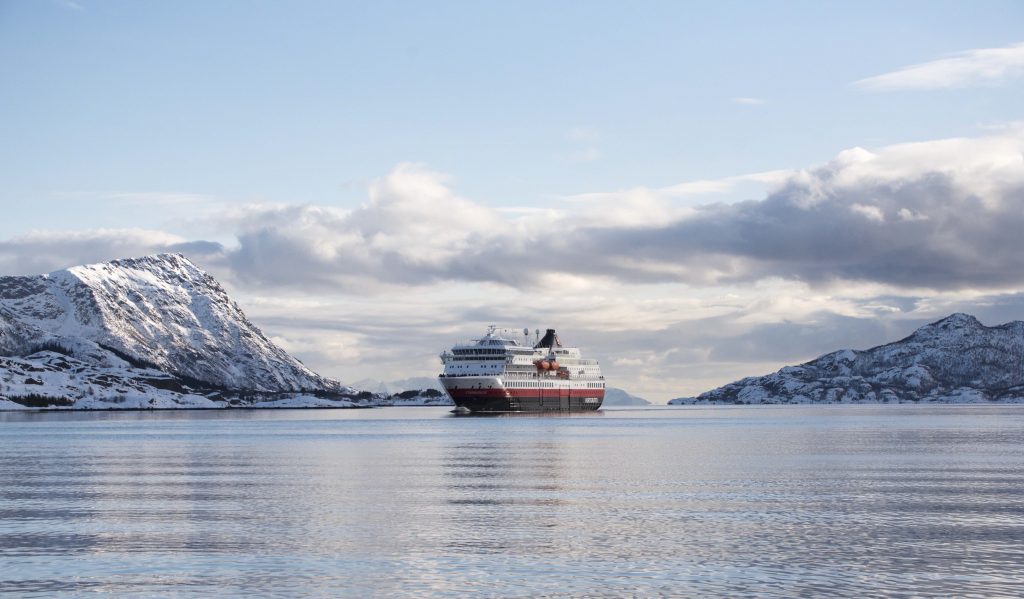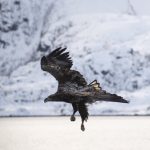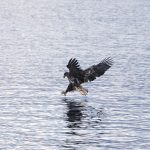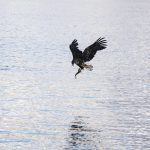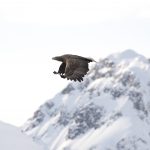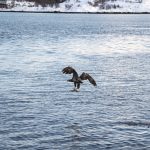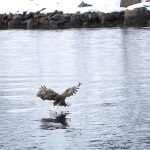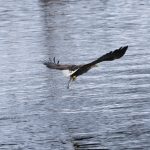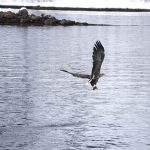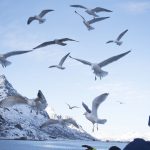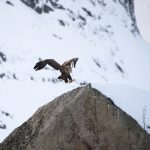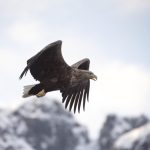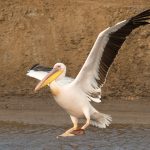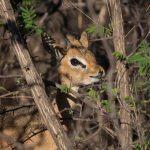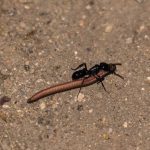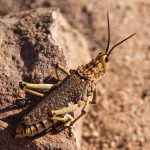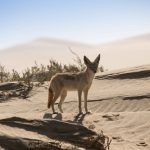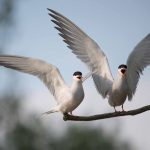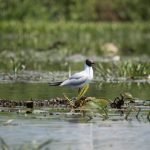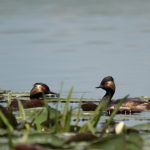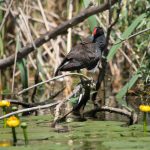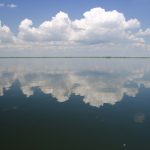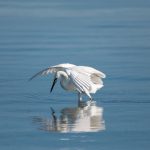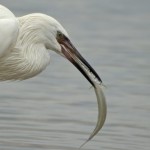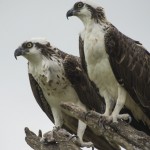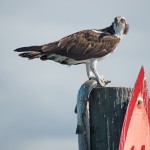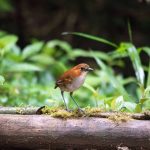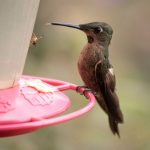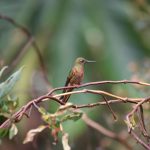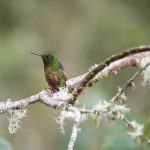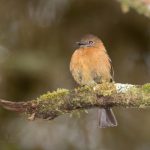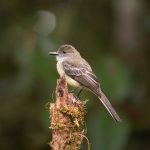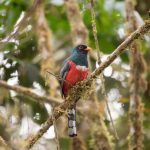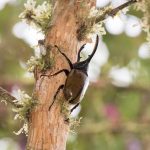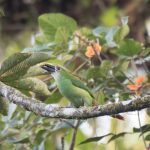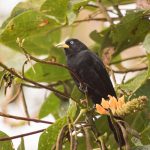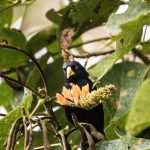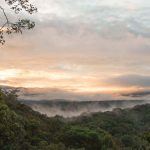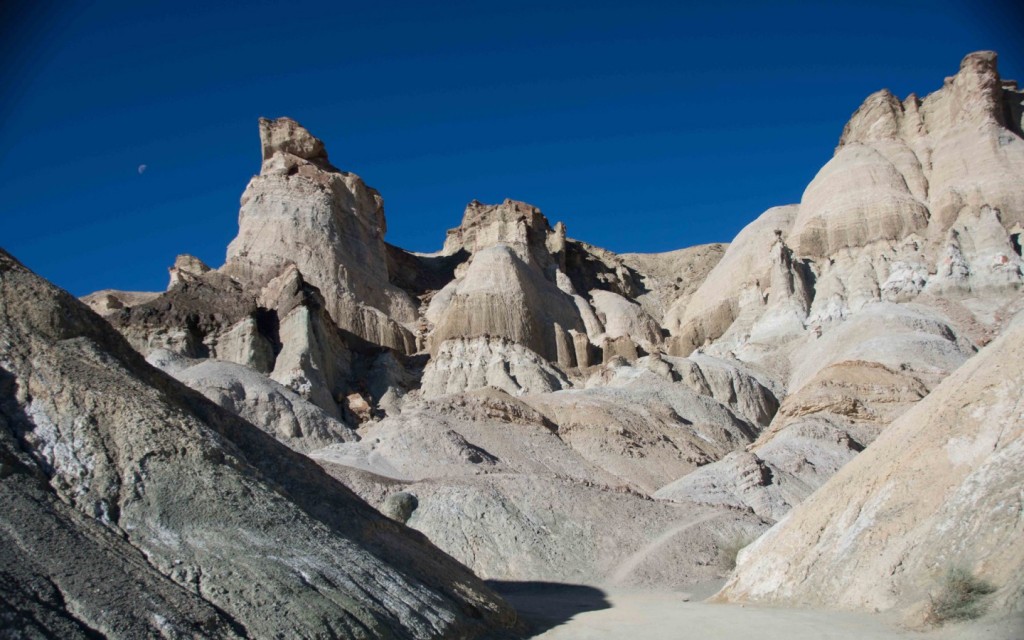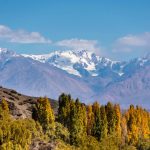Trollfjord, Lofoten Islands, Norway

The Trollfjord stretches almost north to south between islands in the Lofoten archipelago off the northern coast of Norway. We were on a Hurtigruten coastal cruise between Bergen and Kirkenes in the north, close to the border with Russia. On the southbound journey, we transferred to a small boat alongside the MS Finnmarken. The boat MS Orca, was from Lofoten Charterbat, a family company from the town of Svolvær. We made our way down the fjord searching for white tailed eagles. Almost immediately we were joined by a flock of herring and black backed gulls that were fed by the boatman. Within minutes the first white tailed eagle appeared and a fish was thrown over the side. With the engine stopped the boat drifted and we waited for the eagle to swoop in and take the fish. The eagle was not always successful and this underlines the skill required to take fish, even dead ones, from the water. In all we saw possibly 5 or 6 different eagles, the majority were immatures birds. It take five years to reach maturity.
- DSC_3049-c-sw
- DSC_2987-s
- White Tailed Eagle about to take the fish
- DSC_3085-c-s
- DSC_3087-c-s
- DSC_3201-c-s
- DSC_3196-c-s
- DSC_3193-c-s
- DSC_3134-c-s
- DSC_3132-c-s
- DSC_3242-C-S
- DSC_3243-C-S
- DSC_3245-c-s
- DSC_3265-c-s
- DSC_3270-c-s
- DSC_3435-s
- DSC_3486-s
- DSC_3384-c-s
- DSC_3371-c-s
- DSC_3287-s
- White Tailed Eagle
Namibia
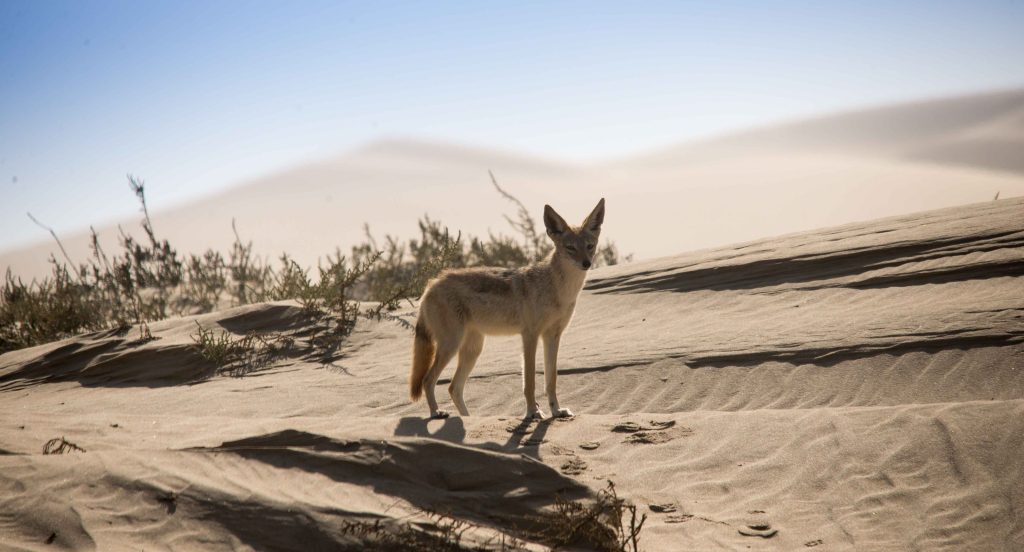
Namibia is a country with a wide variety of eco-systems and landscapes. This is a small sample of the variety of birds and animals found in Namibia.
Romania and the Danube Delta

The vast waterways that form the Danube Delta on its way to the Black Sea is full of surprises of wildlife and landscapes.
Southern Florida – 2015
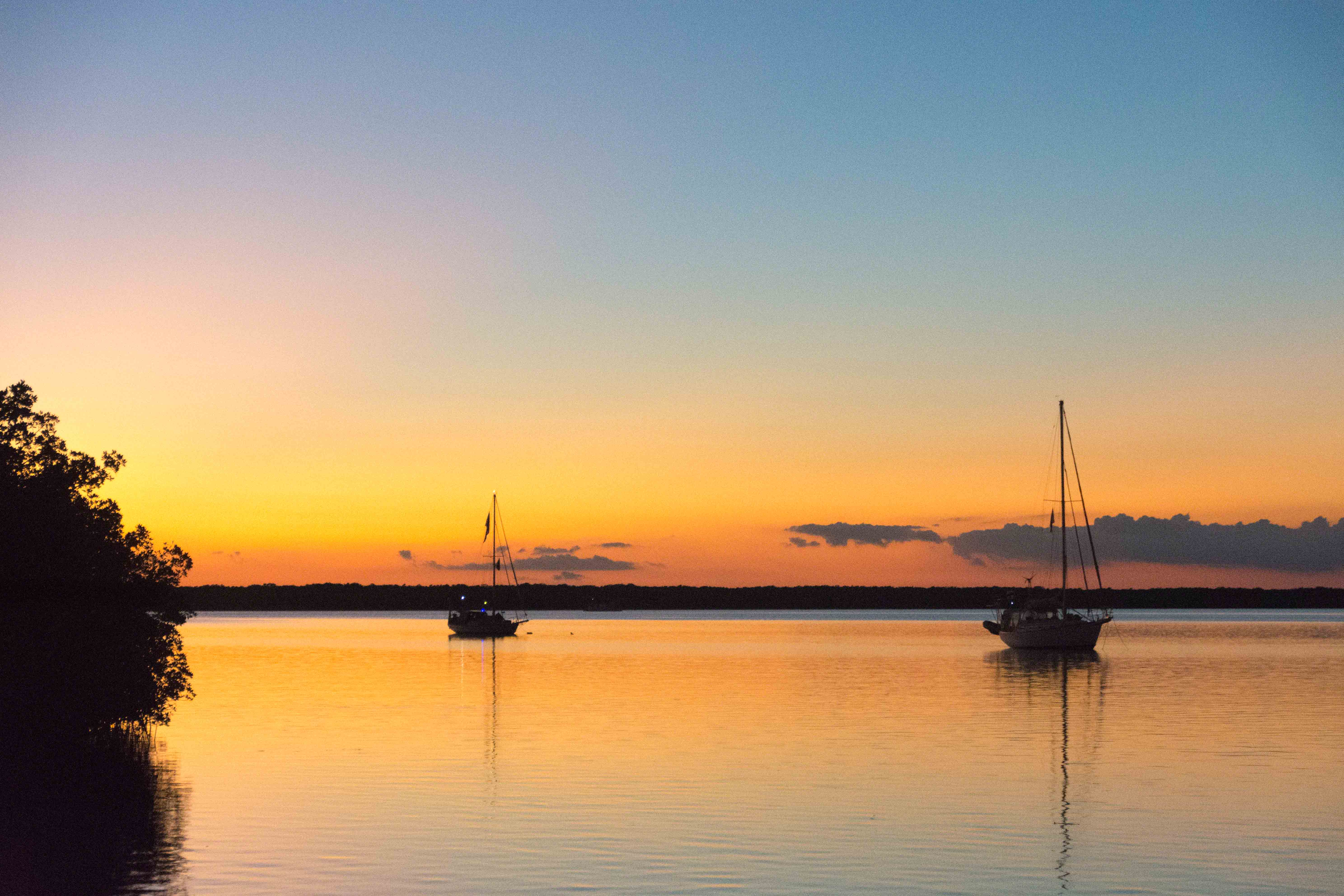
The visit to south Florida in December 2015 was a great opportunity to get close to some photogenic birds and other wildlife. Ospreys, a rare sight in the UK were visible almost everyday taking huge fish in their talons.
- Anhinga drying the wings
- The fish escapes as the egret tries to turn it round – head first to swallow.
- The fish is recaptured and swallowed
- Osprey fishing at Lover’s Key State Park
- Taking a break from nest building at Flamingo, Everglades National Park
- On the boat dock at Big Hickory Island
- Sunset on the Keys
Wildlife on the Eastern Slopes of the Ecuador Andes
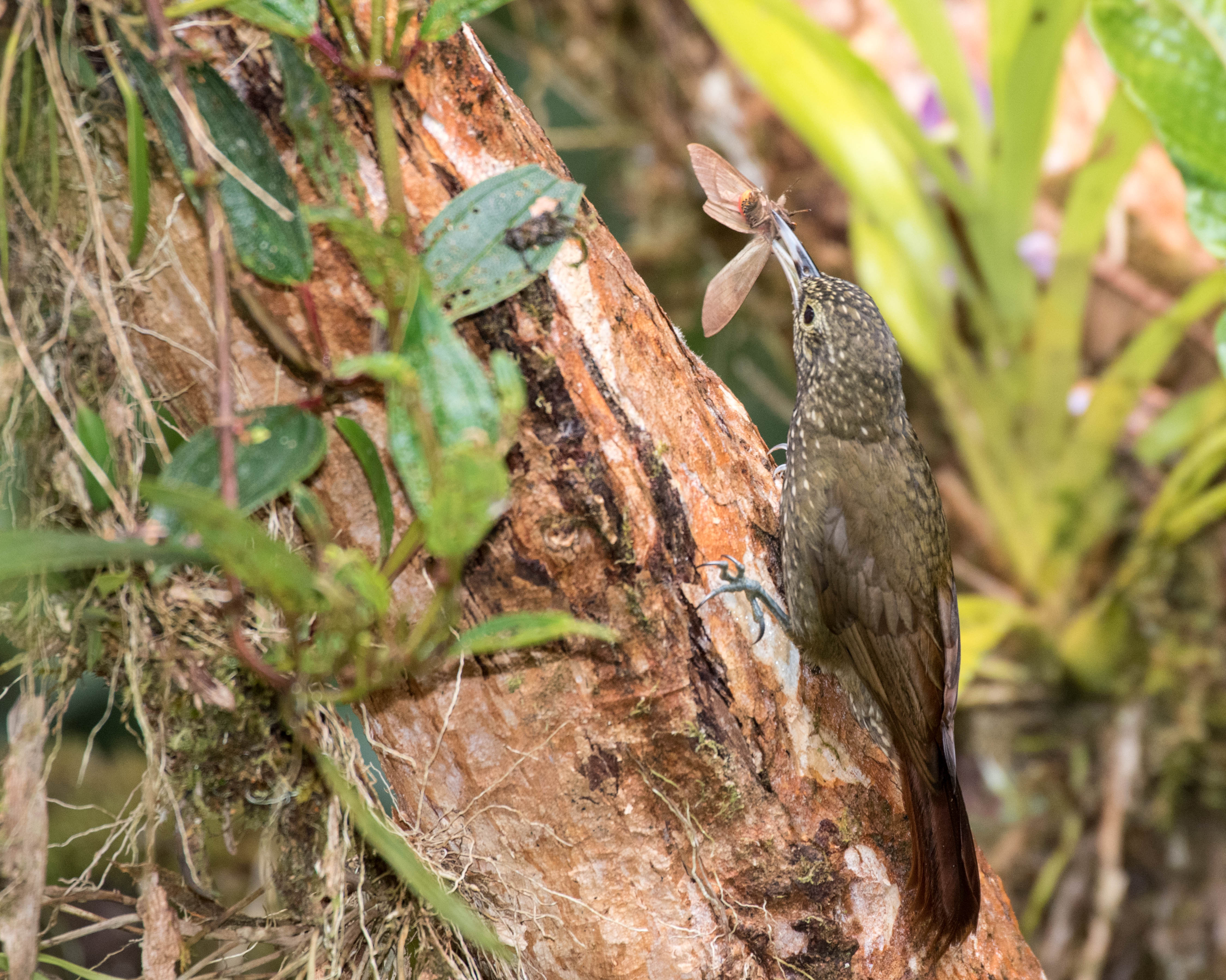
In November 2016, I visited the northern part of Ecuador with my wife and two friends, to explore the wildlife and the landscapes. Starting in Quito we spent the first week on the western slopes of the Andes and then moved across to the eastern side where we spent three days at the San Isidro Lodge.
Photographing birds in tropical rainforest conditions is always a challenge. Particularly as the best opportunity for observing the birds is first thing in the morning as the sun is rising. There is limited light in the forest at the best of times, but as the sun is trying to break through the clouds, a flashgun is essential equipment. At the Lodge, they keep some of the lights illuminated throughout the night to bring in the moths and the early birds take advantage of the moths as they go to rest in the foliage, moss and bark in the nearby trees. Watching the tree creepers probe the crevices with their beaks pulling out their breakfast is a great spectacle. The Lodge also illuminate a white sheet during the night where moths come to rest and these are an easy meal for other birds. Two Inca jays seem to realise that this is a good source of food and they were picking the moths off the sheet.
On our second night at the Lodge, a group of Canadian cyclists arrived. We learnt that they were a group of friends who turned their enjoyment of cycling into a means of raising money for charities. Their journey in Ecuador across the Andes and into the Amazon basin was raising money for the International Justice Mission (IJM), an organisation that advocates and legally fights for poor people and victims especially of sexual abuse. The IJM works with local law enforcement and with the local judiciary as well as government. It provides street level support to vulnerable people. In conversation with their leader, Frank de Walle, I talked about my own work in South America with psychologists, judges, prosecutors and NGOs to improve the effectiveness of investigations into allegations of child sexual abuse. After dinner, Frank invited me to talk about these issues to give his colleagues some insights into the pattern of child sexual abuse in South America. This work is supported by the British charity, The Child Protection Development Trust.
I subsequently learned from Frank that they raised over $100,000 for the International Justice Mission to support their work in Bolivia.
The People of Nepal

In November 2014, we were looking for ideas about our annual holiday. Our plan is to combine our search for interesting wildlife, birds and animals with my interest in photography. In a random search on Google, Nepal appeared. In the past we have tended to travel to North, Central and South America, but there was something about Nepal that caught our imagination. Ten weeks later we were waiting for our luggage to arrive on the carousel at the Kathmandu airport. The random search on Google had brought us to one of the most interesting and special countries we have ever visited.
On past holidays my main focus for the photography had been the birds, animals, insects and plants, but Nepal was different. The difference was the people. It is difficult to define what made the people special, but on reflection it was their dignity, their colourful dress, their relationship with the rural landscape and the warmth of their smiles.
These photographs are an attempt to capture and illustrate some of the special sense of the people. It was a project conceived during my visit as I came to realise how often I was drawn to photographing the people. As I was about to make the selection of images to be included, the dreadful earthquake occurred at 12:56 pm local time on Saturday 10 April 2015. Fortunately news from the Teri area of Koshi, Chitwan and Suklaphanta, has reassured us that the people we met are safe. However, although I our guides in Kathmandu are safe, as I looked at the smiling faces in Kathmandu and Patan, I wondered who had survived and who have lost their lives. It is impossible not to think about the carefree girl, around the age of my grand-daughter, blowing bubbles in the precincts of one of the many shrines. I hope she and her family are safe.
This gallery is dedicated to the people of Nepal for allowing me to capture a moment in their lives and keep them as one of the strongest memories of their country.
San Juan, Argentina – April 2015

The Province of San Juan lies on the western border of Argentina, a predominately dry landscape with the backdrop of the Andes. There are some spectacular landscapes with islands of vegetation where the plants can find water and the dry sculpted rocks of the desert landscape.
El Leoncito National Park is famous from the three astronomical telescopes that are located there because of the exceptionally dry climate and the clarity of the air. The telescopes are mounted on huge rubber pads to counter the effects of the frequent earth movements.
